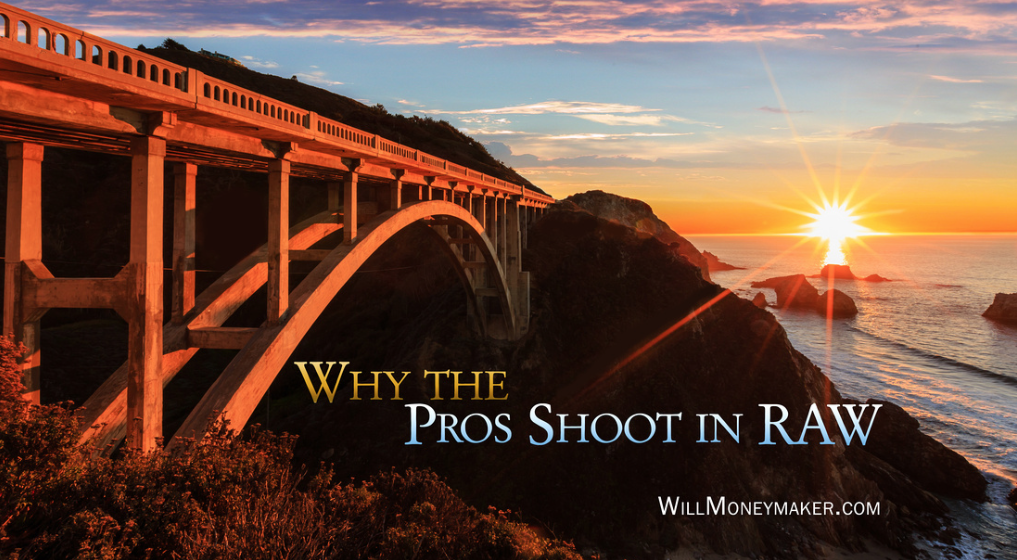When working with color photographs, it’s easy to simply choose a dominant color or a color cast without thinking too much about why certain colors work and how they affect our perception of an image. However, when manipulated skillfully, color has the ability to transform a dull image into something more dynamic. Color doesn’t just set the mood. It creates a visually attractive image or makes certain elements within the image stand out more than others. Instead, when the right shades are chosen, a great color photograph is full of life and emotion. I’ll show you three of the things that I consider as I create color images.
Color Psychology
As you’re composing a photo, it’s important to understand how color psychology works. At the basic level, most colors can be categorized as warm or cool. For the most part, cool colors like blue, green or purple tend to have a relaxing effect while reds, oranges, and yellows are warm and exciting colors.
However, if you dig a little deeper into color psychology, you’ll find that each color has its own set of emotions – some colors even cause physiological responses. Red, for instance, signifies danger, confrontation or passion. Viewers often experience a slight increase in heart and breathing rates when viewing the color red. Green, on the other hand, is a calming color. Researchers have noted that green doesn’t strain the eyes as much as any other color and it can even help improve a viewer’s vision. In lighter shades, green is usually associated with the natural world, but darker shades of green often lend a sense of wealth to an image.
As you can see, every color – and all the shades in between – has a unique set of properties. When it comes to color photography, the most effective images are those that use color to evoke particular emotions or responses.
Color Balance
No matter how you utilize colors as you take a photograph, it is always possible to further manipulate the color balance during post-processing. By adjusting the color balance, you can warm up cool photos, cool down warm ones or make warmly balanced photos even warmer. Use color balance in conjunction with color psychology to enhance or modify a photo’s mood or emotion.
For instance, an image of a cool green landscape is relaxing and refreshing. By warming the photo’s overall tone, you can make it seem more inviting. Wintertime photography – images of snow and ice – tend to look cold based on their subject material alone, but if you adjust the color balance towards the cool end of the spectrum, you can make those cold images seem downright frigid and remote.
Color Intensity
The intensity of your colors (or the saturation) also contributes to the overall effect of your image. Boost a photo’s saturation, and depending on the subject material and the colors you’ve chosen, your photo could be more lively, it may have a richer or bolder look, or it may look almost cartoonish. When you increase saturation, photos generally appear more cheerful, exciting, or lavish.
Desaturation has the reverse effect. In many instances, photographers actually tone down the colors to give their images a moody look. Desaturation can also make a photograph seem more old-fashioned or reserved.
It is also possible to selectively saturate or desaturate particular colors or certain elements within the image. This is useful if you want to make a dominant color seem less overbearing or if you’d like to bring a particular color to the forefront of the viewer’s mind. Use selective saturation and desaturation to draw attention where it’s needed, to enhance a mood or emotion, or to make an image fit into a particular theme you’ve developed.
Color manipulation is limited only to your imagination and to the thoughts and feelings that you’re trying to convey. Learn everything that you can about the way colors make us think and feel, and then apply that knowledge to your art. By putting color to work in your images, you can create powerful, thought-provoking photographs.
Now go and enjoy the beauty of God’s creation through your lens.





